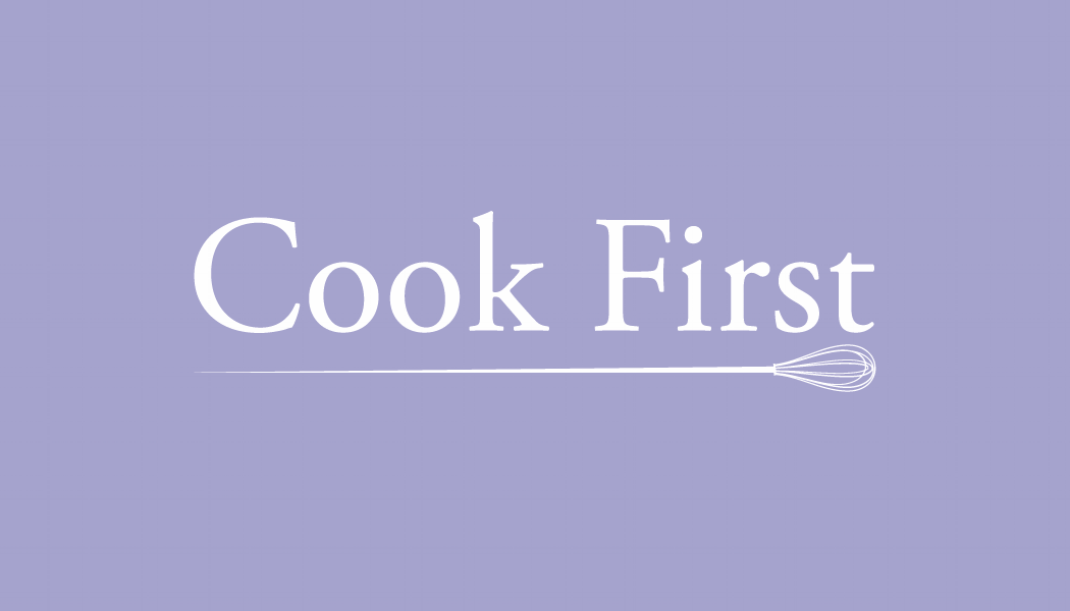Il Vero Caffè

As I stand in the queue for my morning cappuccino, and inhale that heavenly aroma of cornetti and ground 100% Arabica beans, I wonder if there is more coffee or wine running through the veins of the people in front of me :)
Anyone who has spent any time in Italy knows that Italians are incredibly purist about coffee – and quite rightly so, since they are to thank for the existence of the espresso.
At the turn of the 20th century, the first version of espresso was created. Luigi Bezzara, a Milanese inventor, registered a patent for a machine onto which portafilters with compressed coffee could be clamped – creating a cup of joe in 30 seconds. As a result of these new machines, the term ‘espresso’ first entered the Italian lexicon around 1920. And with this fast-coffee, came a rapid change in its drinking culture – coffee bars were fast becoming the haunts of working men in search of a regular and strong caffeine fix, sipping standing up not lounging to nurse your brew.
It was in 1938 that word ‘barista’ was first recorded - until then ‘barman’ appears to have been the fashionable word. However, with the success of Mussolini and the Fascist movement came a nationalist campaign to ‘Italianise’ common words, and this Barman, being considered too American, was substituted for barista, a more Italian-sounding word, and entwining coffee even more tightly with Italian identity.
Then in 1947 Gaggia’s hand-pumped machine was invented. With these machines, far more pressure could be exerted over the coffee puck, meaning that essential oils and colloids were squeezed through. The result? Crema, an essential part of the modern espresso.
The father of modern espresso is, however, the Faema E61, released in 1961. It was the first semi-automatic machine that required no elbow grease yet allowed the barista to manage the parameters of extraction. The most crucial part of this machine was undoubtedly its shape: the internal boiler was set horizontally instead of vertically, instantly converting the café bar into a social space where customer and barista could chat while espresso shot was pulled. And thus began the phenomenal explosion of neighbourhood espresso bars and cafés in Italy.
The Italian coffee culture created in the ‘40s remains fairly consistent to this day, despite increasing levels of globalisation. Yet while Italian coffee culture remains unaffected by globalisation, it’s safe to say that global coffee culture has been very affected by Italian coffees. The exportation of the espresso has been an astonishing success: from Seattle to Sydney, this Italian-style extraction forms the basis of the majority of coffee drinks.
Although by no means are all espresso-based coffees strictly Italian. Take an American version of a cappuccino: compared to its Italian equivalent, it often contains double the quantity of milk but the same amount of coffee. This is utter sacrilege to Italians who revere the preparation of coffee as an art form. In fact, there has been so much resistace to this bastardised ‘coffee’ that until now Starbucks never managed to open a single branch in Italy. Tragically, in my opinion, Starbucks is set to open in Milan in September 2018. In fact Howard Schultz, creator of Starbucks, was so inspired by Italian coffee culture that his vision for Starbucks came about during a visit to Italy in 1983.
Italy is more than aware of this distortion of what they perceive to be almost a national drink, and many attempts have been made to claim the concept as their own. At one point, the Italian government appealed to the World Trade Organisation in an attempt to restrict the use of the phrase “Italian espresso”. Yet sadly, while Italy invented the first modern espresso machine, they have been found to not have enough cultural hegemony over coffee.
Yet their defiant (and somewhat militant) attitude to coffee drinking deserves to be recognised. If you ever do find yourself in Italy, be sure to abide by these 10 commandments for a smoother, and overall more authentic, experience. From advice on how never to drink cappucini after midday, to referring to an espresso as 'un caffè', this is an absolute lifesaver for those who might not yet know just how seriously Italians take their coffee.


